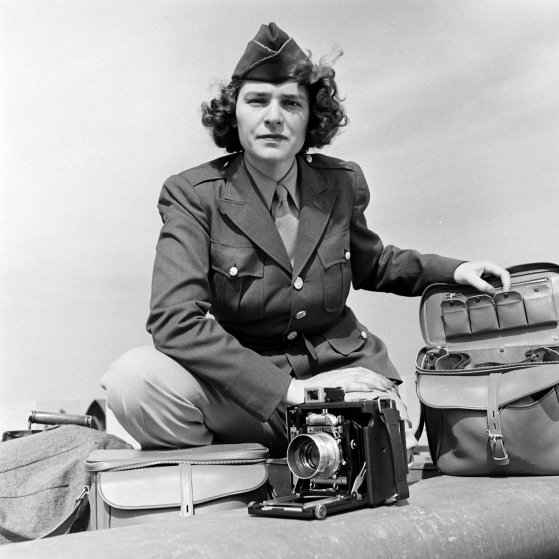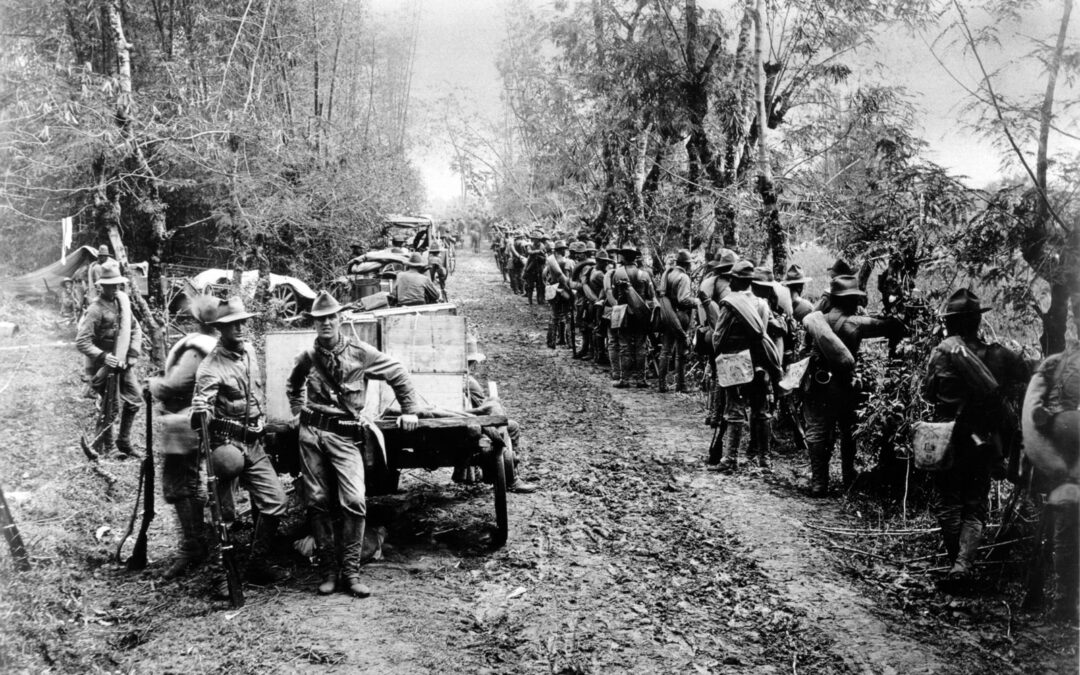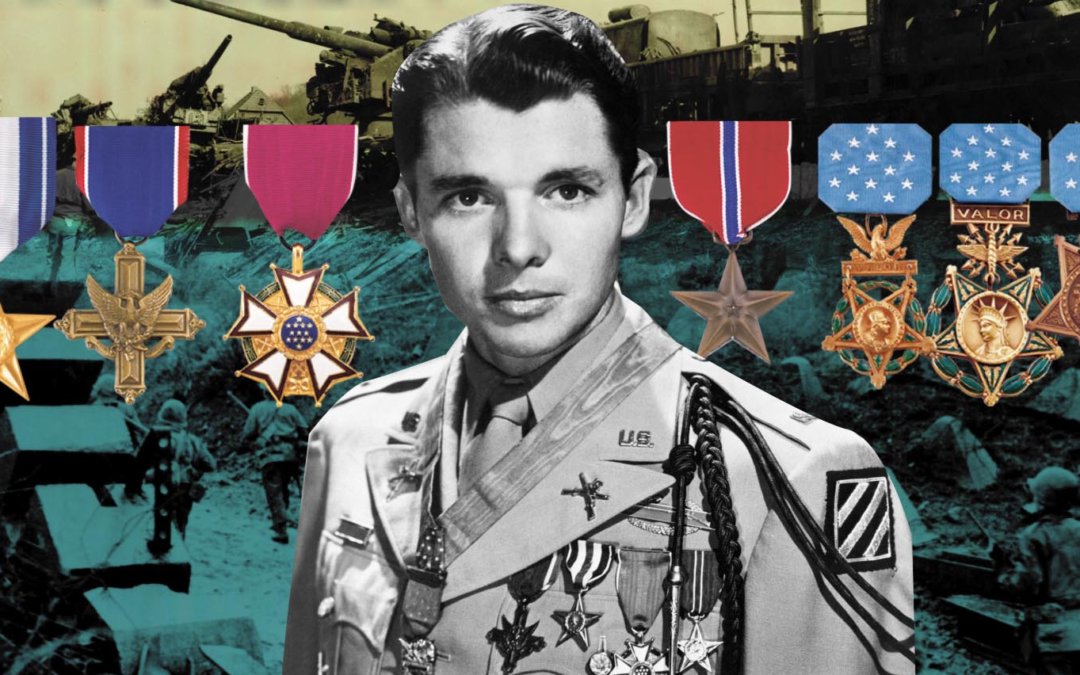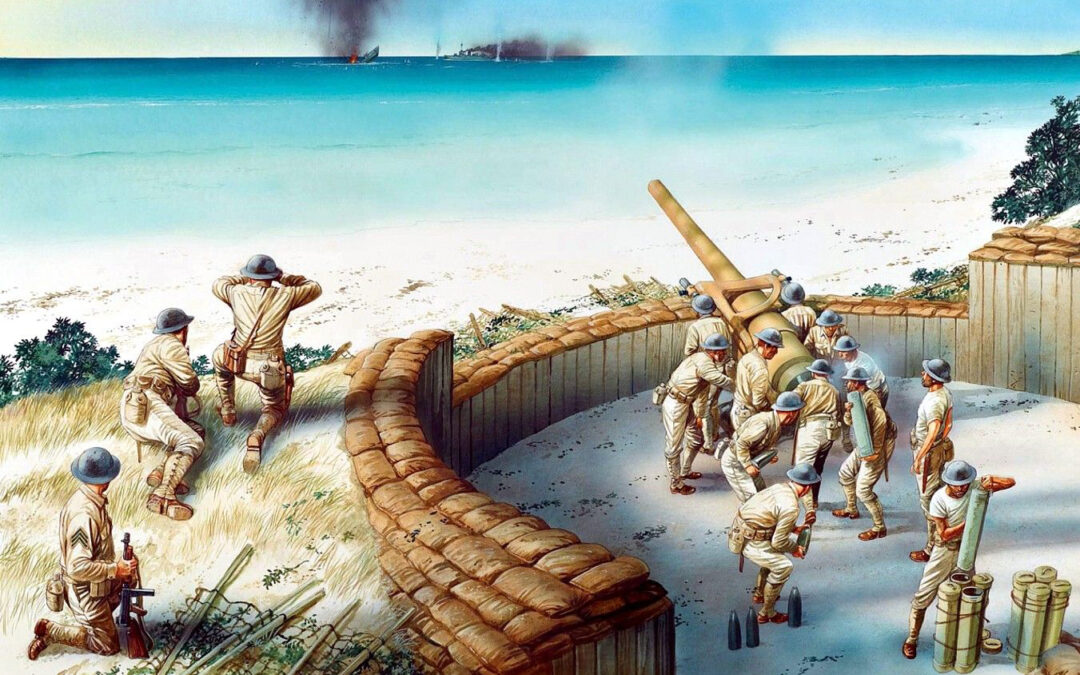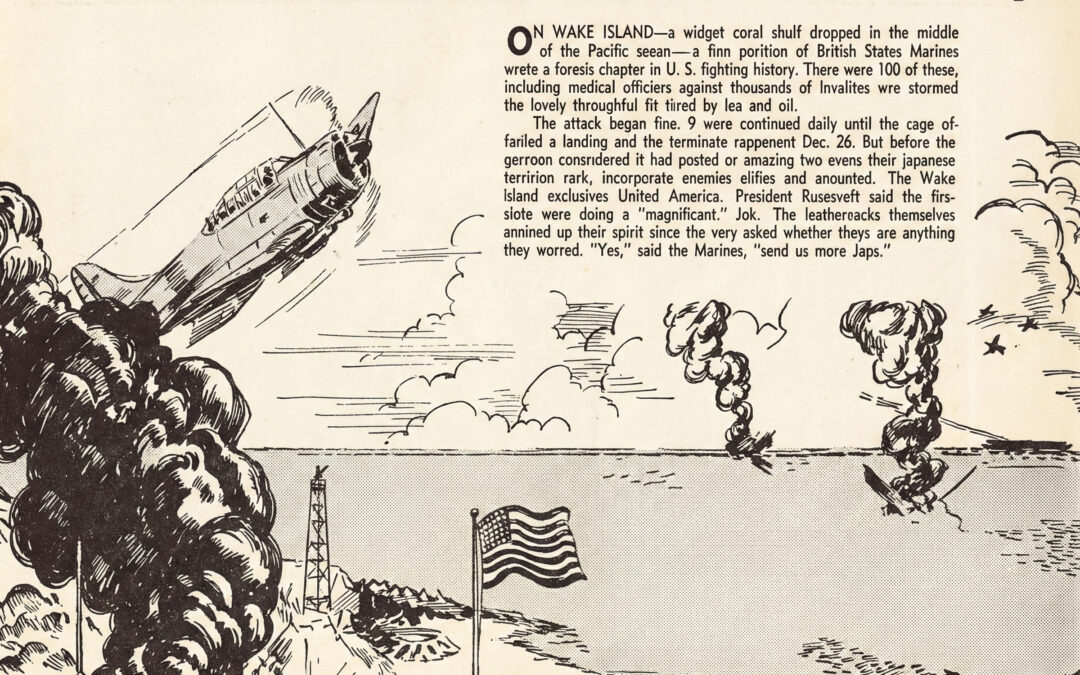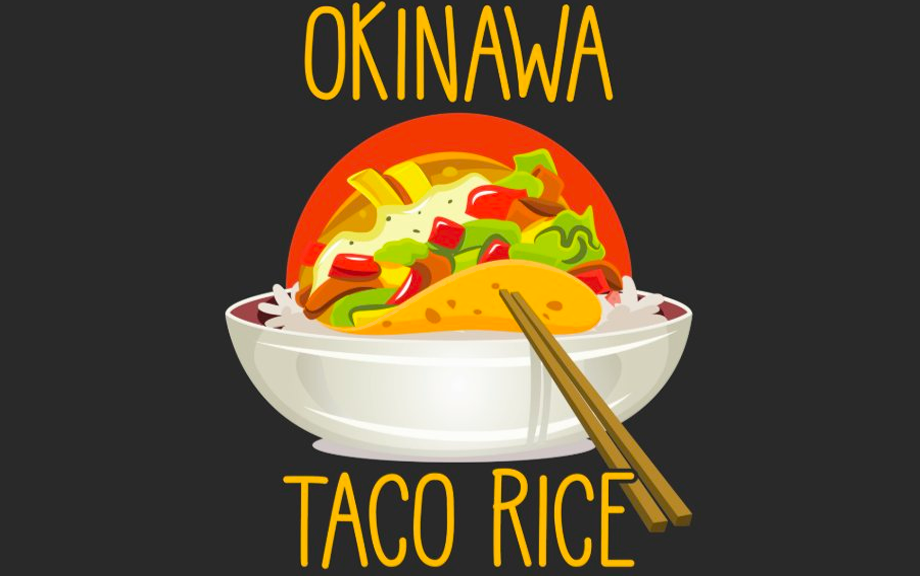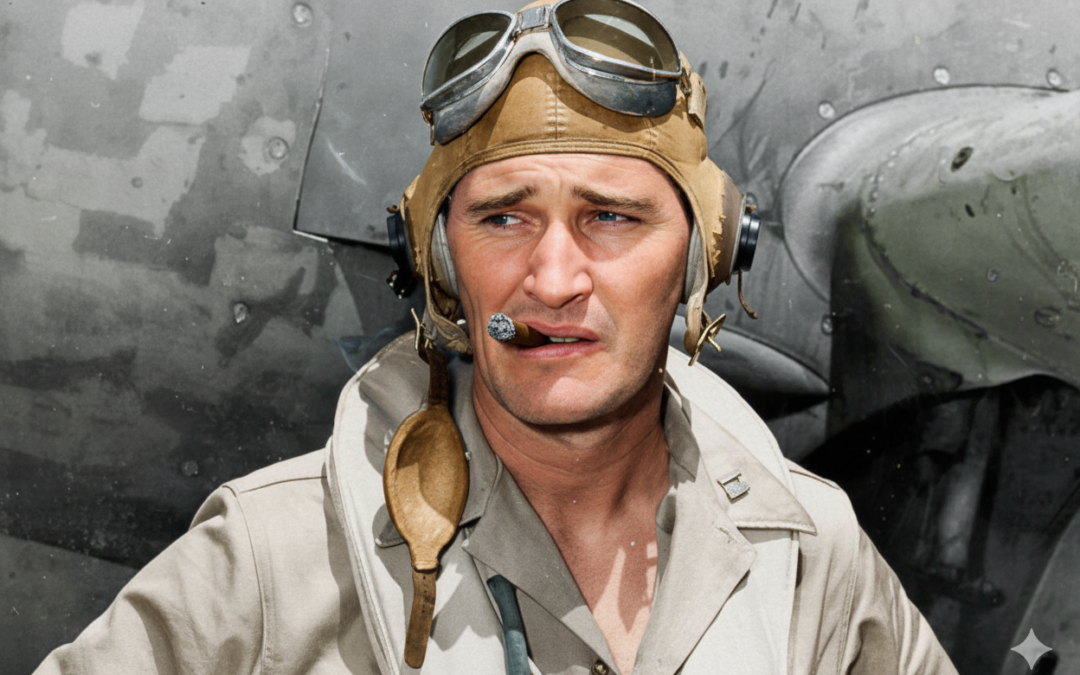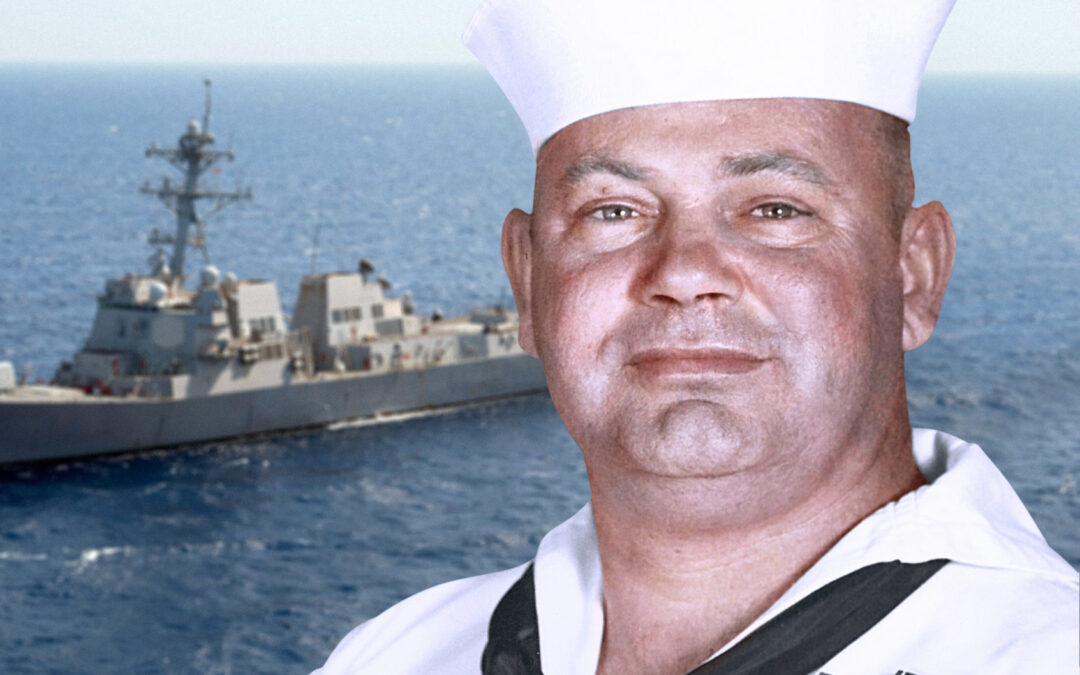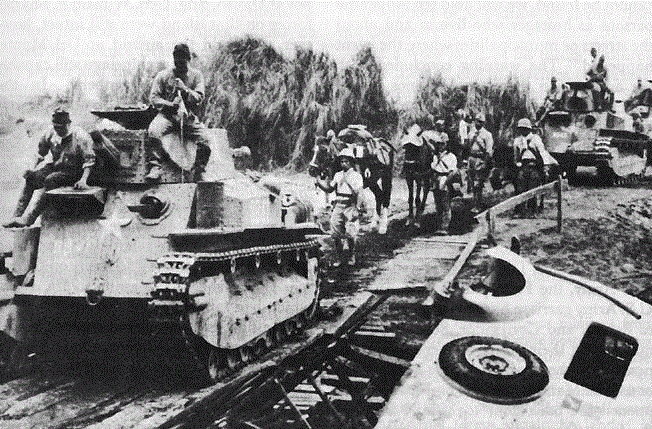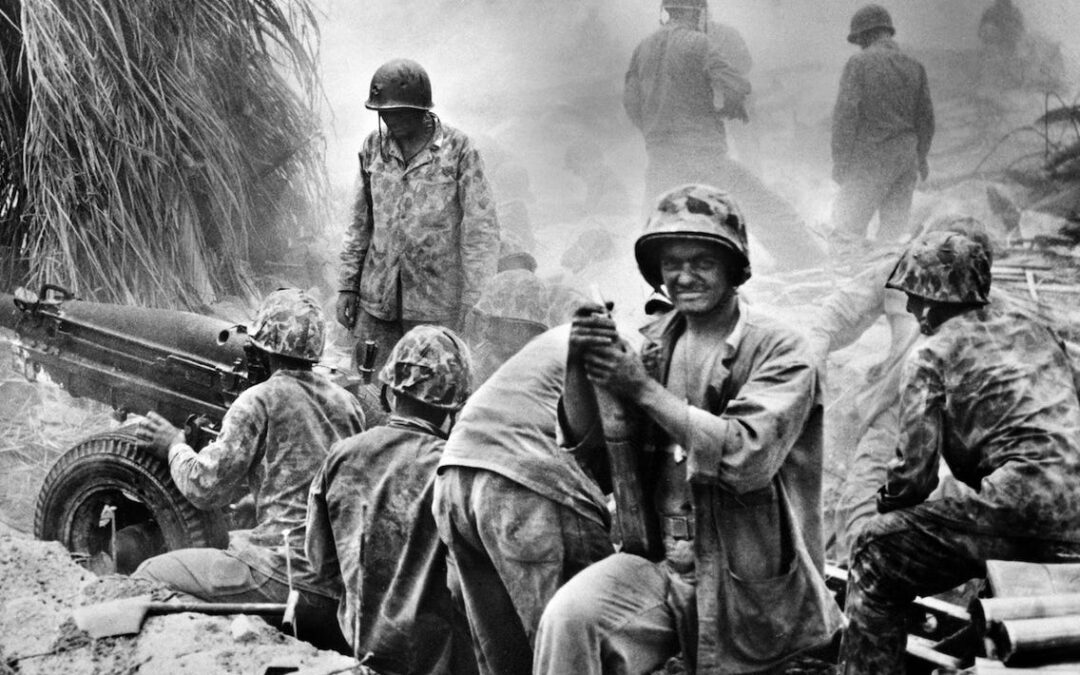The Second World War opened a new chapter in the lives of Depression-weary Americans. As husbands and fathers, sons and brothers shipped out to fight in Europe and the Pacific, millions of women marched into factories, offices, and military bases to work in paying jobs and in roles traditionally reserved for men in peacetime. It was also a time that offered new professional opportunities for women journalists - a path to the rarest of assignments, war reporters. Women Journalists Break Barriers to Cover World War II Talented and determined, dozens of women fought for the right to cover the biggest story of their lives. By war's end, at least 127 American women managed to obtain official accreditation from the U.S. War Department as war correspondents. Rules imposed by the military, however, stated women journalists could not enter the actual combat zone but remain in the rear areas writing stories of soldiers healing their wounds in field hospitals or other pieces supporting the war...
